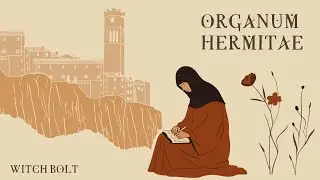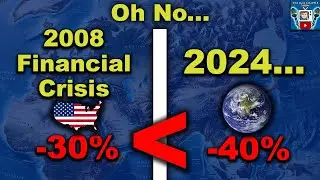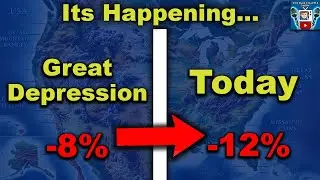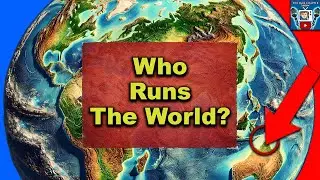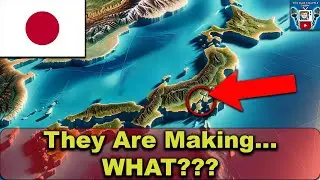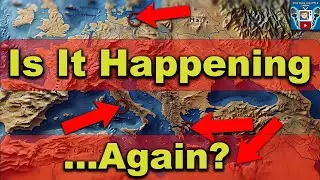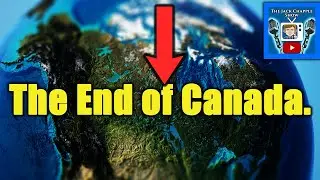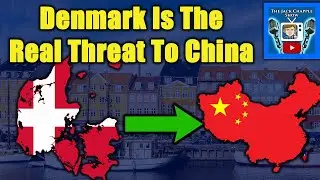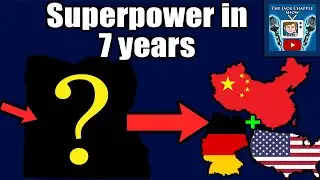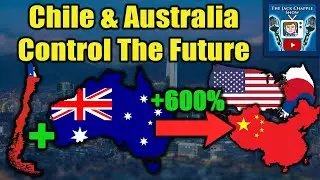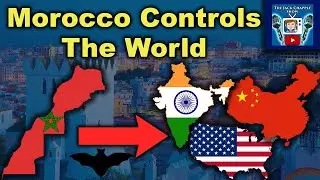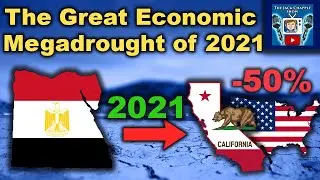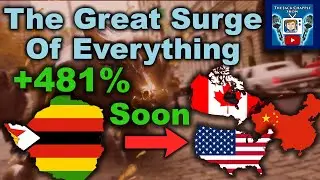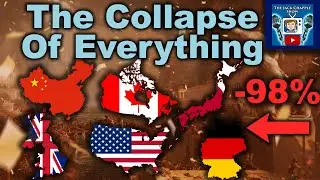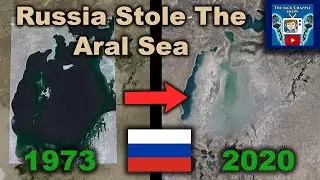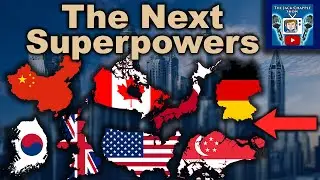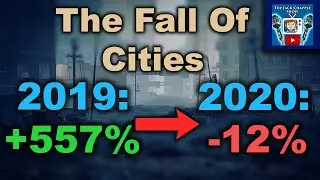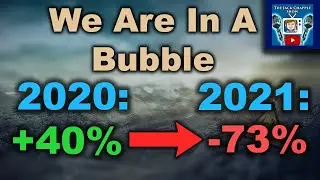How Poland Is Quickly Becoming The Richest Country In The World: Poland's Economy Explained
My History Channel:
/ @chapple3388
My 'Mysteries/Sci-Fi' Channel:
/ @jackchapplepurple
This is the city of Warsaw in Poland. Just a few decades ago, It was a poor and rundown city with a real gdp per capita that was comparable to some modern day african nations like Cameroon or Senegal. Yet today, Warsaw is thriving. And Polands’s real GDP per capita as a whole is comparable to nations like japan, and south korea, . And potentially within the next 5 years, poland may catch up to the richest nations in europe like Germany, Sweden, The UK and Denmark. But how is this happening? How did poland go from one of the poorest nations in the world 30 years ago, to becoming one of the Economic HUB’s of Europe?
Well lets start off with Poland in the 1990s—a place where optimism and economic opportunity were about as plentiful as snow in July. After shaking off the chains of communism and leaving the Soviet Bloc in 1989, Poland looked around and realized it was in a bit of a bind. Decades of centralized planning had left the country economically underdeveloped, burdened with outdated industries, and with a per capita GDP that was frankly embarrassing compared to its Western neighbors. Imagine coming to a party where everyone’s got champagne, and you’re stuck with a cup of tap water—that’s Poland, 1990s edition.
So, what’s a freshly democratic country to do? Well, enter “shock therapy.” That’s right, Poland decided to jump headfirst into economic liberalization, privatization, and—cue drumroll—capitalism! The Balcerowicz Plan, named after Leszek Balcerowicz (Poland’s very own free-market crusader), was like an extreme makeover for the economy. This plan rapidly liberalized prices, opened up trade, and—surprise—dismantled the clunky state-owned industries that had somehow survived communism. It was a little like ripping off a Band-Aid… if that Band-Aid covered an entire country.
Did it work? Sort of. Sure, the country’s GDP fell by 7.6% in 1990, and unemployment skyrocketed. Poland had gone from a rigid, state-run economy to the wild west of capitalism. But while people were figuring out how to survive this economic rollercoaster, Poland was laying the groundwork for future success.
Cities like Warsaw, Kraków, and Gdańsk tried their best to transform themselves from drab, Soviet-influenced industrial hubs into places where businesses might actually want to invest. The key word here is “tried,” because it took a while. Foreign investors weren’t exactly banging down the door, because, well, who wanted to invest in a country that just learned what a stock exchange was?
And let's not forget the companies that rose from the ashes. Orlen, now one of the largest oil refiners in Central Europe, was a small player in the 1990s, navigating the chaotic post-communist business landscape. Then you had companies like KGHM, the copper mining giant, which had to figure out how to survive in this brave new world where they could no longer rely on government handouts. No pressure, right?
But the government had a plan—or at least something that resembled one. By the mid-1990s, Poland was on its way to joining the European Union (because, let’s be real, that was where the money was). The EU waved the carrot of future membership, and Poland, hungry for the benefits of European integration, started cleaning up its act. This meant new regulations, adopting EU standards, and—most importantly—fiscal responsibility. Or at least as much as a country emerging from decades of economic mismanagement could muster.
So, yes, Poland in the 1990s was not exactly the poster child for economic success. But it was laying the foundation for the future. By the end of the decade, Poland’s GDP was starting to grow, hitting around $155 billion by 2000. The unemployment rate? Still high at around 16%, but hey, it was a work in progress. And if you squinted really hard, you could almost see the glimmer of future economic growth on the horizon.
Socials:
twitter: twitter.com/@jackchapplesci
tik tok: tiktok.com/@jackchapple
facebook: facebook.com/chapplerei
instagram: isntagram.com/jack_chapple_real
CONTACT:
DM Me on Twitter or Instagram.


